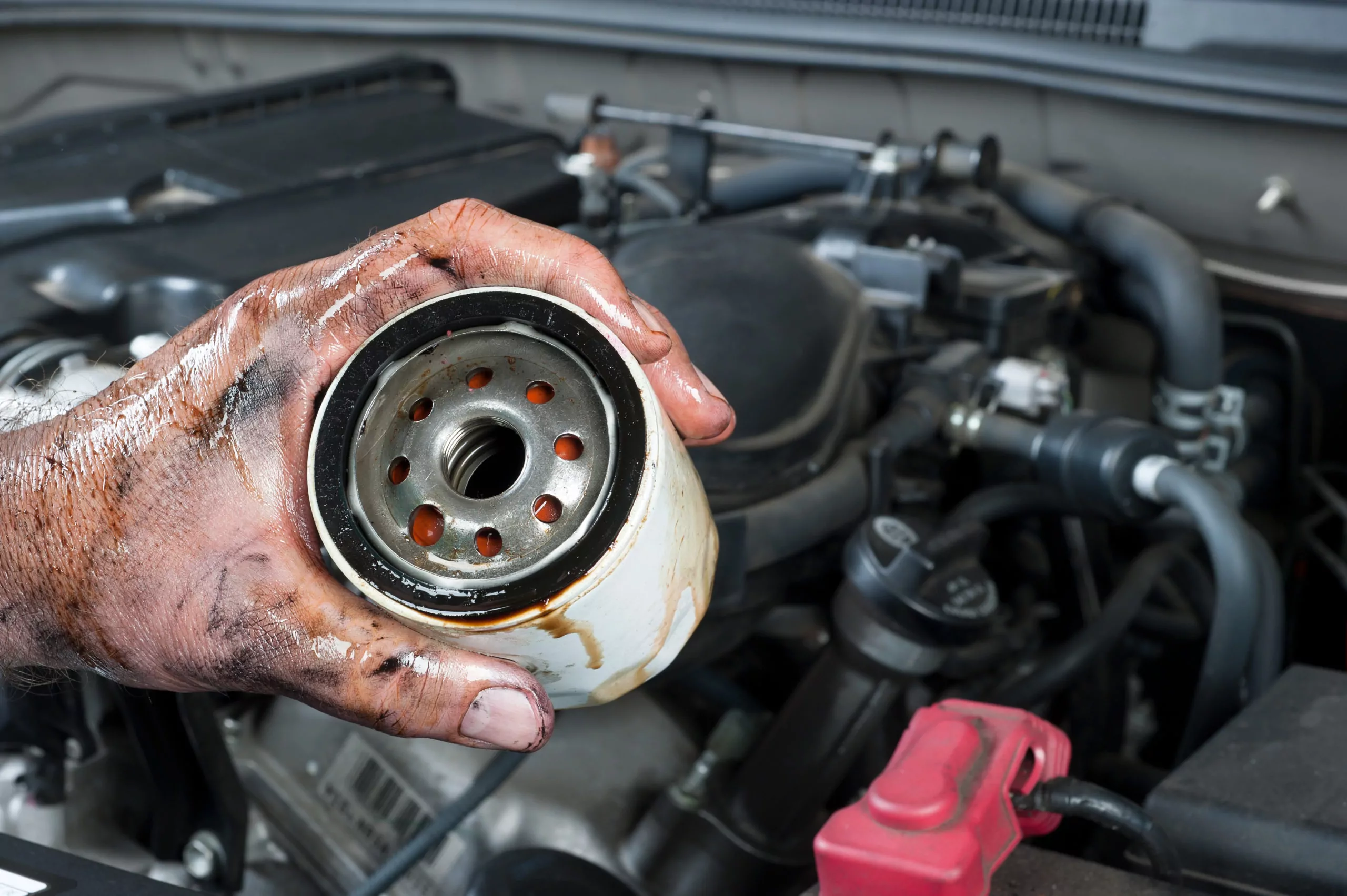This is the first in a series of compliance related posts to help you consider what areas you might want to address for improvement in 2018.
The federal Environmental Protection Agency (EPA) regulates how your dealership handles and disposes of waste products that may harm the environment.
These products include fluids, chemicals, and waste materials, such as shop towels, and disposal regulation includes how the service department manages shop floor runoff, spill cleanup, storage tanks, and used tires and batteries. EPA regulations also cover numerous other items the EPA defines as hazardous materials or materials dangerous to ecosystems that require EPA-specified disposal.

Service department EPA compliance covers most concerns for dealerships.
To ensure compliance, it’s a good idea to have one employee who serves as a first-stop resource for helping you through the maze. And a place to start through the maze is with an EPA compliance audit of the service department and related facilities, including body shop and storage areas.
The EPA offers the following helpful resources. The third item below pertains specifically to A/C services. EPA regulations (40 CFR Part 82, Subpart B) under Section 609 of the Clean Air Act address these services specifically.
- Small Entity Compliance Guide: How the New Motor Vehicle Waste Disposal Rule Affects Your Business
- Consolidated Screening Checklist for Automotive Repair Facilities Guidebook
- Section 609 of the Clean Air Act: Motor Vehicle Air Conditioning
What is considered hazardous waste?
Common shop materials requiring hazardous waste disposal treatment include:
- Used motor oil and shop rags used for used oil
- Used oil filters (unless free of flowing oil, then considered nonhazardous solid waste)
- Used transmission fluid
- Used cleaning solvents
- Cloths and spill material used for chemical solvent and gasoline
- Spilled and unused fuels
- Spilled and unused paints and paint thinners
- Used, not empty, cans of brake cleaner, degreaser, lubricant, and similar aerosols
- Lead, Ni/Cd, and Ni/Fe batteries

What about floor drains, waste disposal wells, and oil/water separators?
Drains, disposal wells and separators must never drain into exterior drains or storm water and sewer systems. If your dealership is near a navigable creek, stream, or other waterway and it stores oil sludge, waste oil, or fuel oil, the EPA’s Spill Prevention, Control and Countermeasure (SPCC) regulation pertains to you.
Dealerships that meet regulation criteria and have a storage capacity greater than 10,000 gallons must have their SPCC plan certified by a professional engineer before its submission to EPA. Dealerships near navigable waters but with storage of fewer than 10,000 gallons may self-certify their compliance. (Oil Spills Prevention and Preparedness Regulations)
Above-ground storage tanks (AST) must also be appropriately constructed and maintained to reduce environmental risk. The National Fire Protection Association sets AST standards, including:
- Tank location and capacity
- Spillage control
- Vaults
- Fire-resistant tanks and piping and ancillary equipment
- Physical protection
- Corrosion protection
- Tank filling operations
Don’t forget the paperwork.

Finally, government regulators are sticklers for paperwork, so make it your best practice to ensure your EPA-related shop governance programs include all required training, documentation manuals, safety sheets, and maintenance and inspection reports.
Consider using a compliance consultant familiar with EPA and Clean Air Act regulations and best practices to help audit your current level of compliance and provide a checklist of steps to create a compliant service department.
Explore more resources
What NADA 2026 Means for Smaller Dealerships: Key Topics for Profit, People, and Performance
Dealers get small-town attention, fast support, and a powerful DMS at a price that fits. Discover why Autosoft is the…
Looking Back on a Landmark Year for Autosoft DMS
Dealers get small-town attention, fast support, and a powerful DMS at a price that fits. Discover why Autosoft is the…
Autosoft Named 2025 Autotech Outlook Award Winner
Dealers get small-town attention, fast support, and a powerful DMS at a price that fits. Discover why Autosoft is the…
Stay up to date
Subscribe to get the latest auto industry insights from Autosoft experts





